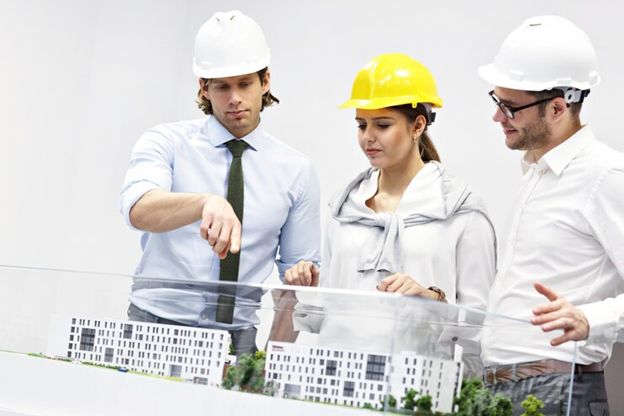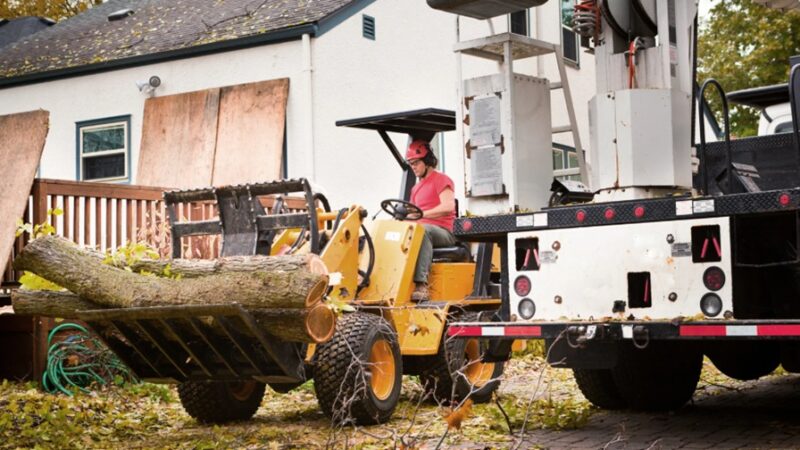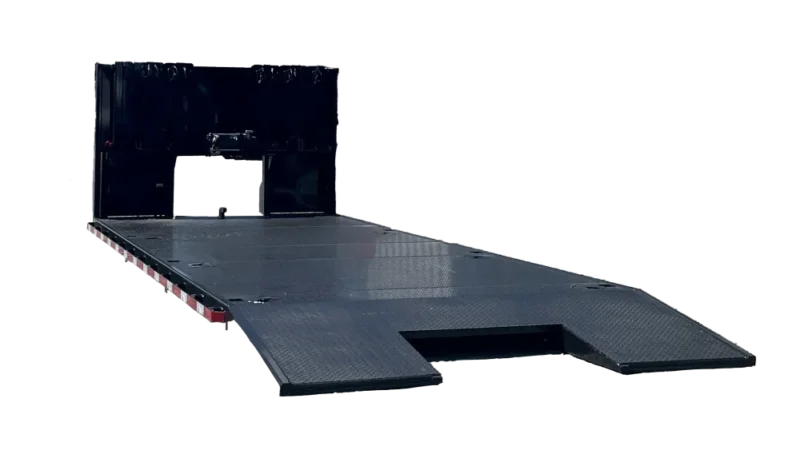Innovations in Commercial Construction: Enhancing Safety, Compliance, and Efficiency

Modern business construction programs are implementing various forms of innovation to create safer environments and avoid regulatory noncompliance while also boosting the general effectiveness of projects. This article discusses some of the major emerging trends in commercial construction by identifying advancements in technology, types of construction, emphasis on sustainability, and the growing concern over compliance with legal requirements.
1. Innovations in Signage and Accessibility
One general aspect important in commercial construction is that of accessibility and necessary compliance with elements of legislation including the Americans with Disabilities Act (ADA). New technology has continued to define new approaches to ADA compliant sign installation, inclusive of a modular sign system where the signage designs are flexible for the visually impaired and digital signage options that allow for adjustments. In addition to increasing access, these innovations are also crucial in increasing the universality of commercial environments.
2. Technology’s Role in Construction Safety
It also reveals that the use of technology is crucial in enhancing the safety procedures of construction companies. Other technologies include sensors and devices that constantly assess the well-being of workers about specific standards, helping to identify the health risks early.
Programs that encompass Virtual Reality (VR) and Augmented Reality (AR) are applied to safety training and to draw attention to possible hazards, while Artificial Intelligence-aided risk assessment tools are used to analyze data to determine potential hazards. Usual inspection is done by drones, robotics, and other machines which also survey the site to reduce human risks while increasing productivity.
3. Advancements in Concrete Construction Techniques
Nevertheless, concrete continues to be a prevalent material in the construction of commercial buildings because of its endurance and acoustics. Development in formworks within concrete construction has been revolutionized through Slipform Concrete Contractor assistance. As it involves a continuous pouring of concrete and creating the formwork simultaneously. This approach just offers accuracy, speed, and quality aspects and cuts down construction calendar days linked to staff and supplies.
4. Embracing Environmental Sustainability
Today, there is heightened awareness, particularly in the construction industry regarding environmental protection. These are the incorporation of recycled aggregates and sustainable timber products, passive and high-performing software as well as envelopes, rainwater, and gray water conservation respectively. These practices not only reduce the negative effects on the environment but also enhance the quality of indoor air and save an appreciation for the costs to owners/building investors in the long run.
5. Future Trends and Adaptation in Regulatory Compliance
To respond to these challenges and maintain a competitive advantage in a rapidly changing environment, the construction industry looks to the future following trends of cooperative project planning and designing. These kinds of interventions also work in the progression of sustainability in conjunction with the existing architectural structures to meet the modern regulations of urban regeneration.
In the context of the current research, professional training helps construction professionals refresh their knowledge of the legal requirements and compliance with the standards, available options and requirements for security in construction, and new available technologies while promoting compliance and innovation in commercial construction zones.







